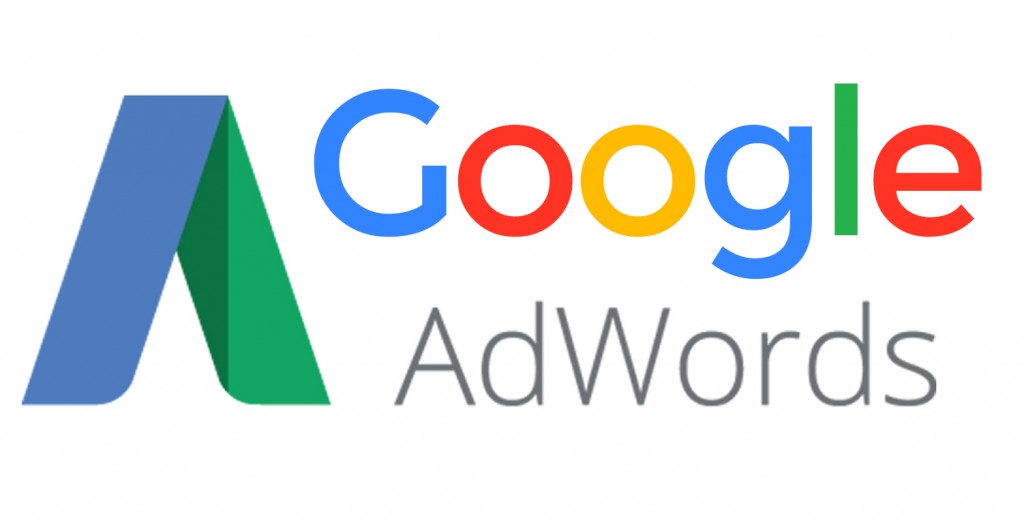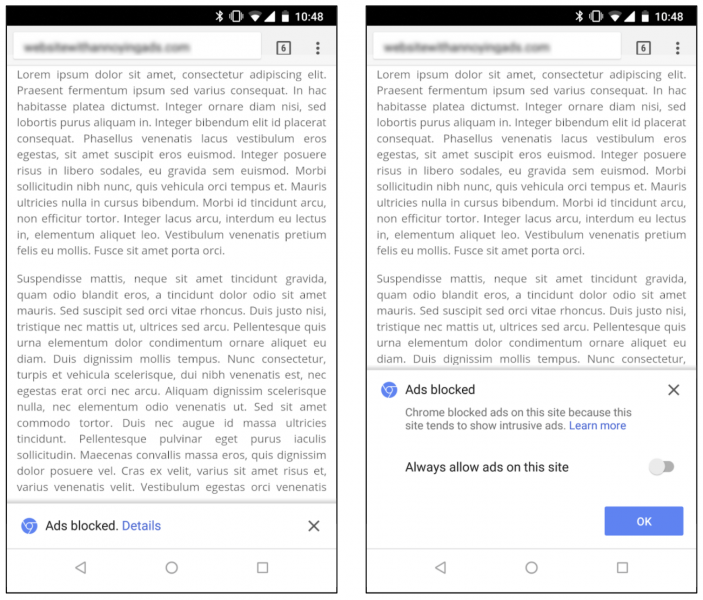 APPS
APPS
 APPS
APPS
 APPS
APPS
Chrome’s built-in ad blocker finally goes live Thursday, but users are still going to see plenty of ads.
Google LLC designed the new feature to block only the most annoying ads rather than all of them, which makes sense for a company that earns at least $100 billion each year from online advertisers.
As Google promised last year, Chrome’s ad blocker will filter out ads that do not meet the Better Ads Standards, which were created by the Coalition for Better Ads to outline the “least preferred ad experiences for desktop web and mobile web.” These experiences include things such as pop-ups, autoplaying videos with sound, “prestitial” ads with a countdown and so on.
Chris Bentzel, engineering manager at Google, explained in a blog post today that most ad experiences that violate the Better Ads Standards are actually the fault of the site owner rather than the ads themselves.
“This result led to the approach Chrome takes to protect users from many of the intrusive ad experiences identified by the Better Ads Standards: evaluate how well sites comply with the Better Ads Standards, inform sites of any issues encountered, provide the opportunity for sites to address identified issues, and remove ads from sites that continue to maintain a problematic ads experience,” said Bentzel.
Google will evaluate sites based on the number of Better Ads Standards violations it finds on a sample of their pages. Sites that meet the standards will get a grade of “Passing,” and Chrome will allow them to display ads as normal. Sites that violate the standards will get a grade of “Warning,” and they will have 30 days to resolve their issues before Google downgrades them to “Failing.”

Chrome will automatically block all ads on sites with a failing grade, including ads from Google’s own AdSense and DoubleClick platforms. The browser will notify users whenever it has blocked ads, and it will give them the option to allow ads for that site only. Users can also disable the ad blocker entirely in Chrome’s settings.
The real goal behind Chrome’s new ad blocker is not to punish sites with annoying ads, but rather to encourage them to improve their ad experiences for users. Site owners have already been able to see their Better Ads Standards grade and violations through the Ad Experience Report in Google’s Search Console, and Bentzel said that 42 percent of failing sites have fixed their violations and are now passing.
“This is the outcome we were hoping for, that sites would take steps to fix intrusive ads experiences themselves and benefit all web users,” he said.
THANK YOU